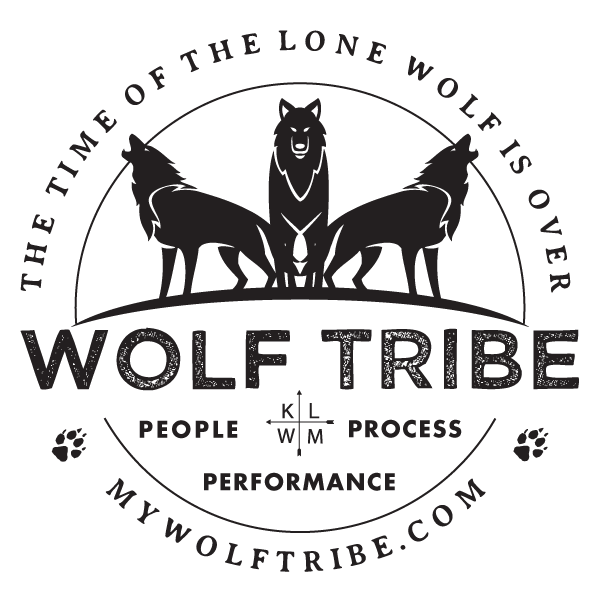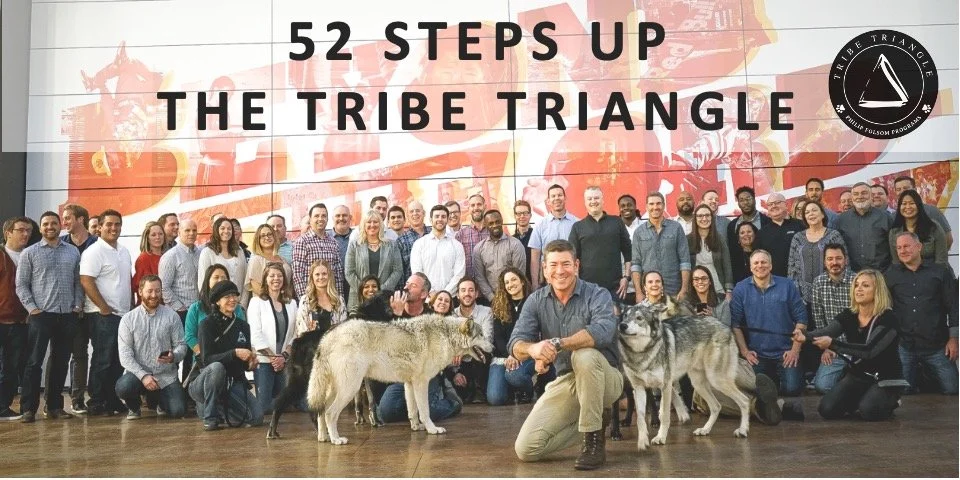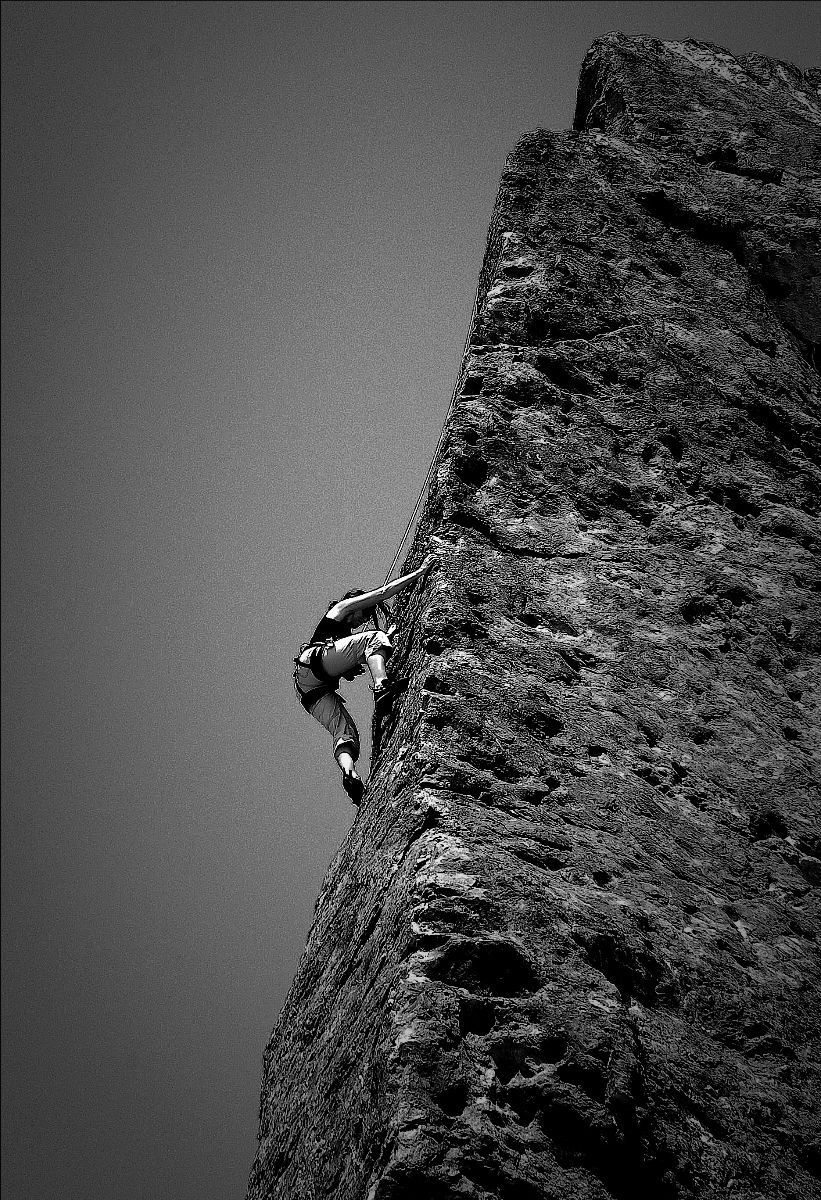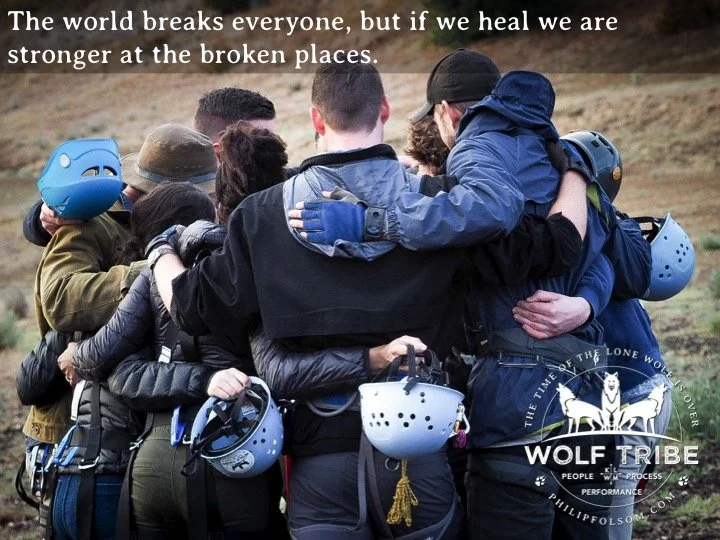Step 35 Up the Tribe Triangle: The Power and Process of Grit
“Embrace the suck.”
-US Army Parable
Resiliency is the ability to recover from adversity. Grit is applied resiliency and the ability to persevere in the face of adversity. Grit is the stubborn refusal to quit. Without this ability to endure hardship, setbacks and defeat, your team will never be able to accomplish significant, meaningful things.
Grit is not innovative or sexy and it is not a sprint. It is consistently and relentlessly doing the next hard thing that is required in the pursuit of your shared vision. Grit is moving forward when it is easier to stop or even retreat. Grit is long-term forward progress.
“Grit is living life like it’s a marathon not a sprint.”
-Angela Duckworth
Making and maintain grit
The American Psychological Association defines grit as a personality trait that is required for “the sustained interest in important long-term goals.” These long-term goals are the shared vision we must continue to hold up like a lighthouse in the dark, because without that guiding light of purpose, grit will fade.
If your shared vision is not inspirational and aspirational, it will not produce the environment for grit. People will not persevere through suffering and sacrifice unless the challenge is deeply meaningful. Setting that passionate north star is your first and most important job, Tribe Leader.
“Grit is not just about stubborn persistence.
It’s also about choosing the right goals.”
-Angela Duckworth
It is important to note that while grit is generated in the pursuit of meaningful goals, it is also generated by the honor-culture of kinship. Grit is rare and prolonged grit is heroic. Throughout history, this behavior is only found in the service of something or someone outside of ourselves. Without establishing the kinship level of the Tribe Triangle, you will not experience grit on your team.
Grit is made and no one is born with it, but like everything else in the Tribe Triangle, it can be cultivated. Grit is a rare expression of mental toughness and it is forged in a history of adversity, particularly doing the right thing during adversity. When we hold to our shared values when there are easier, less ethical routes available, we develop grit.
As a leader you must model this gritty behavior and take on the growth mindset of using challenges and adversity as opportunities to learn and get better instead of excuses to quit, or worse, compromise your values.
“True grit is making a decision and standing by it, doing what must be done.”
-John Wayne
Grit grinds away at challenges blocking our path. It is the siege tactics that wear down adversaries. Birds gather and eat small stones that they use to help digest tough seeds and this is a good example of the positive use of grit but grit is also an abrasive force to everything it touches.
The violence inside engines also produces grit and that is the rough material that erodes moving parts. Grit must be intentionally directed in useful ways or it can become a toxic component in your relationships and culture. This is another reason that grit is included in the healthy conflict phase.
Grit is conflict and what grinds grain and adversity also destroys engines. Mindless, unintentional grit is the beginning stages of both hubris and martyrdom. When we see and feel the oil of morale become dark and clogged with grit, we must change it with compassion and self-care. Be mindful of when it is time to shift grit back into healthy resiliency.
Grit cannot be bought or forced. It is an example of long-term intrinsic motivation, commitment and a belief that what we are struggling toward is worth the effort.
You deserve it.
Your people and projects demand it.
Click here to watch the video of Step 35: The Power and Process of Grit
Leaders Must Write and Speak
Answer these questions in your journal by really writing them down. Discuss them with at least one of your most important people and really listen to their response.
What is a tough, long-term challenge that your team has repeatedly quit at or compromised standards? It may be a surrender of safety protocol, documentation, project preparation or follow up procedures.
What is a tough, long-term personal challenge where you have repeatedly surrendered the field? Can you publicly own this and make a recommitment to model grit for your team?
Ubuntu,
Philip Folsom







